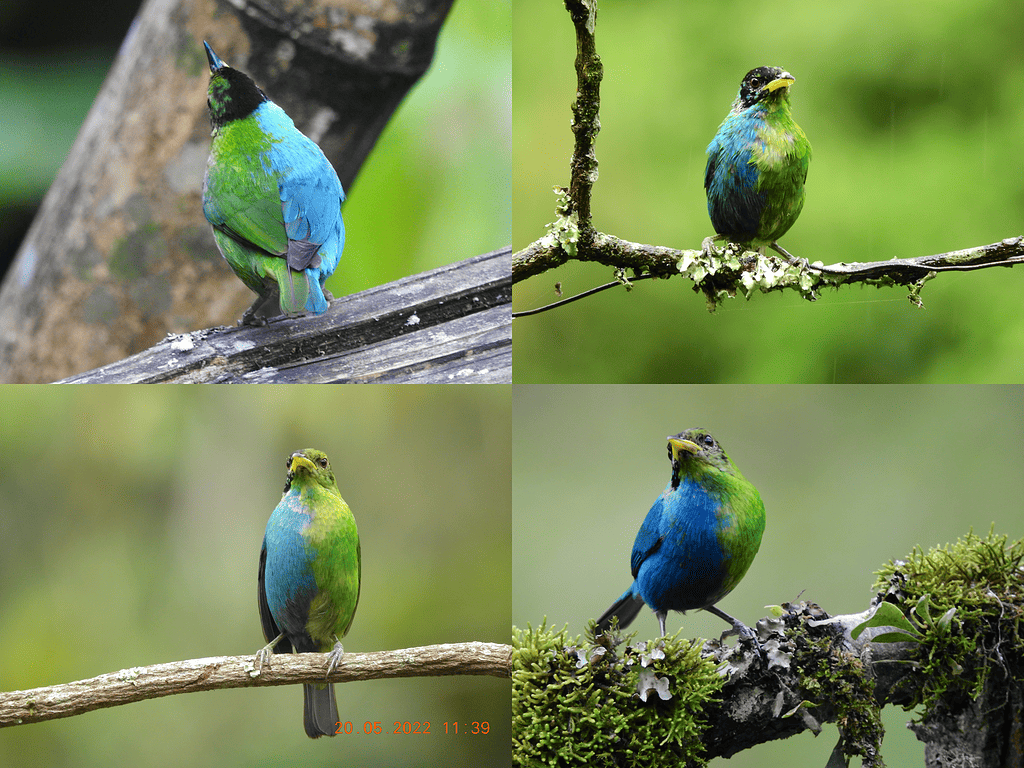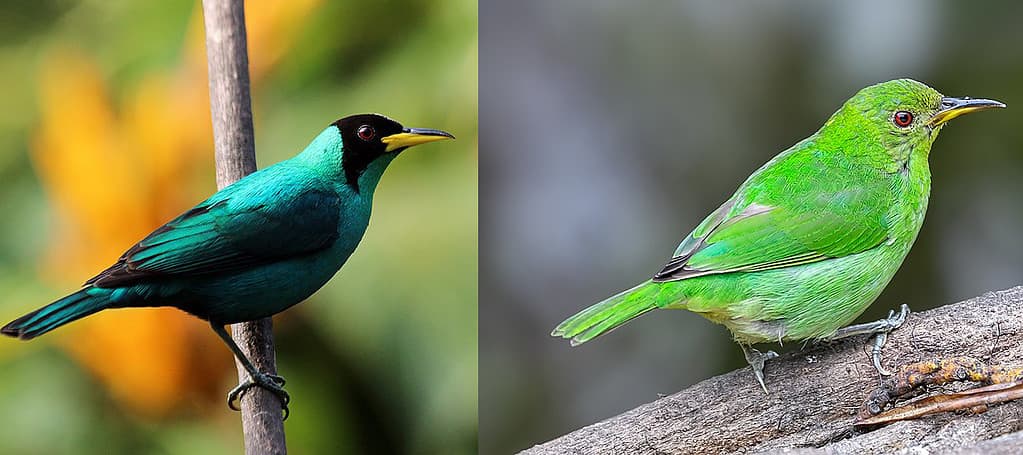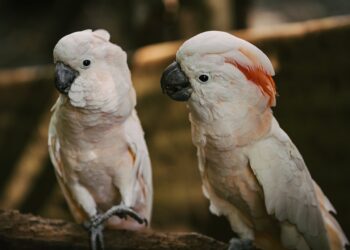
In the lush landscape of Colombia, a nation known for being one of the world’s largest hotspots of bird diversity, an unexpected discovery has caused quite a stir. When Hamish Spencer, an evolutionary biologist at the University of Otago in New Zealand, visited the country to relax on a bird-watching expedition, a local farmer was keen to show him something cool. Boy oh boy was Spencer impressed.
The Columbian landlord and amateur ornithologist, John Murillo, took out his phone and showed him a video he had taken of a green honeycreeper (Chlorophanes spiza). On any occasion, these small tropical birds are a sight to behold, but this was no ordinary occasion.
Male honeycreepers are purplish-blue with black throat and chest patches, black wings, and vibrant yellow legs with starkly contrasting black toenails. Females are just as colorful, with a plumage draped in green with a distinct blue malar stripe and blue streaking on the breast, and a buffy throat.
But this individual had half its body like a male, and the other half like a female. Spencer immediately knew what was going on: the bird is a bilateral gynandromorph — a rare creature that embodies both male and female characteristics.
Gender duality

Gynandromorphism has been previously recorded in birds, insects, crustaceans, and other organisms, but remains exceedingly rare and enveloped in mystery. The green honeycreeper spotted by Spencer marks only the second known instance of such a condition in this species, and notably, the first to be observed in the wild.
The term itself is derived from the Greek words “gyne” meaning female, “andro” meaning male, and “morphism” referring to form or shape. Essentially, a gynandromorph appears to be half male and half female, often split down the middle, showcasing a stark contrast in physical attributes associated with each sex.
“Photographs of the bird make the discovery even more significant as they are arguably the best of a wild bilateral gynandromorphic bird of any species ever,” Spencer said.
Although the jury is still out, some scientists claim the unique condition is due to an error during the early stages of development. This happens when the sex chromosomes fail to separate properly during cell division. In creatures like birds and butterflies, which have a ZW sex-determination system (contrary to the human XY chromosome system), an error in egg cell production could cause two eggs to fuse — one with a W chromosome and the other with a Z chromosome. When a fused egg is fertilized by two different sperm, this can lead to some cells in the bird having WZ chromosomes (female) and other ZZ chromosomes (male). This results in a mosaic of male and female cells throughout the body.
The green honeycreeper spotted by Spencer marks only the second known instance of such a condition in this species, and notably, the first to be observed in the wild. In a study published in the Journal of Field Ornithology, Spencer and colleagues wrote how they “observe that female plumage is possible on either side, supporting the double-fertilization model of bilateral gynandromorphy.”
“It had typically male plumage on its right side and typically female plumage on its left, although this pattern had a few feathers out of place especially on the head. The bill appeared to be consistent with male coloration, although the lower left of the mandible was possibly a duller yellow. The iris was bright reddish brown,” the researchers wrote, describing the peculiar honeycreeper in question.
A loner
Concerning its behavior, the gynandromorph honeycreeper seemed like any other normal honeycreeper. It was not harassed by other green honeycreepers or other birds — although it was a bit more territorial than the norm around the common feeders. It’s not clear whether this rather odd display may be owed to the breeding season (May to July), during which the observations were made.
“The gynandromorph usually waited for the other honeycreepers to leave the feeders before landing to feed itself. In general, it avoided others of its species, and the others also avoided it; it seems unlikely, therefore, that this individual would have had any opportunity to reproduce,” the researchers wrote.
Previously, scientists observed some gynandromorphs were bilateral even in their sexual organs — one side an ovary, the other side a testicle. However, we don’t know anything about that concerning this green honeycreeper.
“Many birdwatchers could go their whole lives and not see a bilateral gynandromorph in any species of bird,” Professor Spencer said.
“The phenomenon is extremely rare in birds. It is very striking, I was very privileged to see it.”






